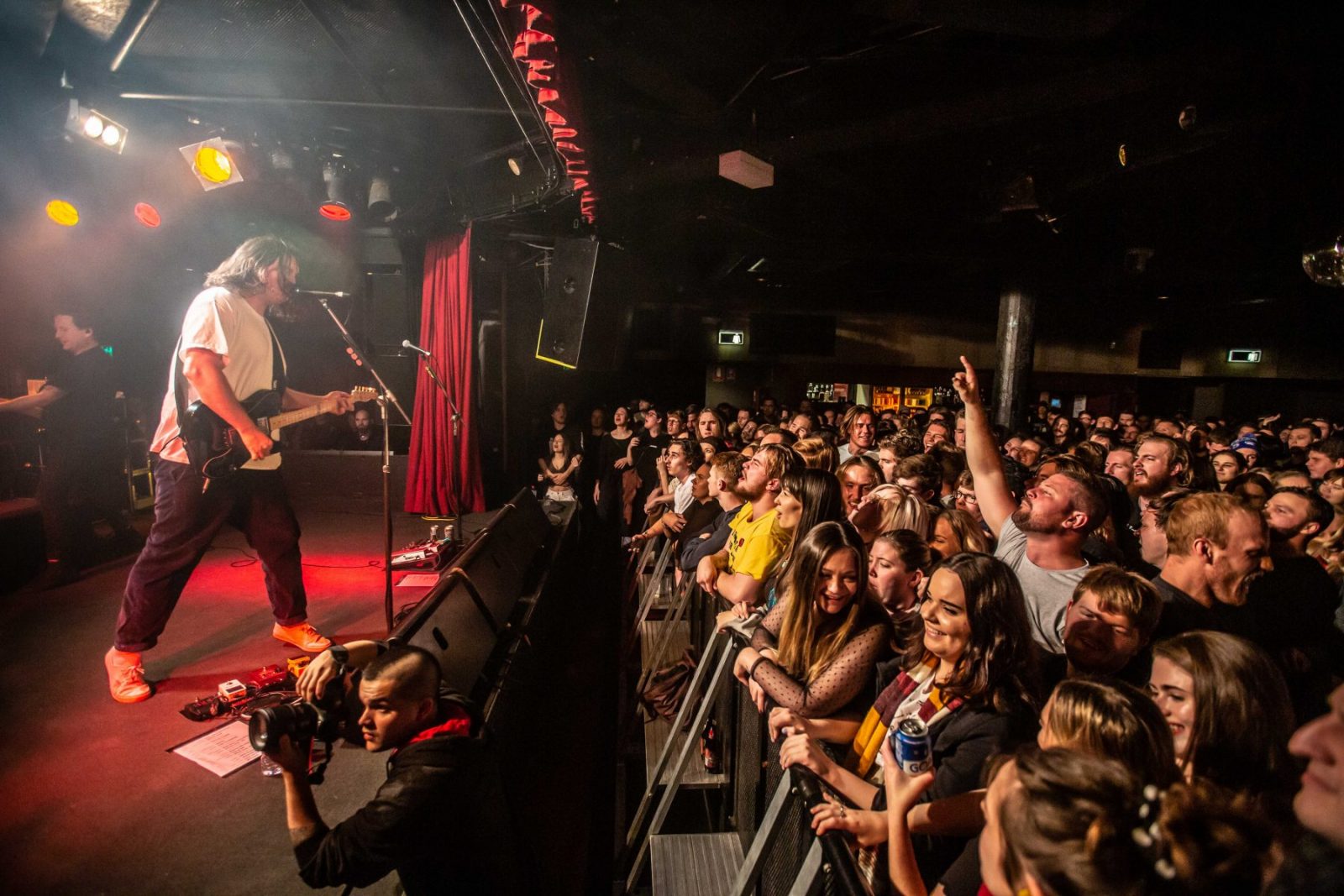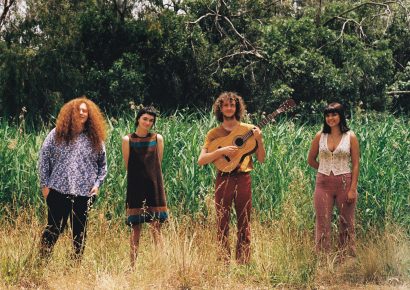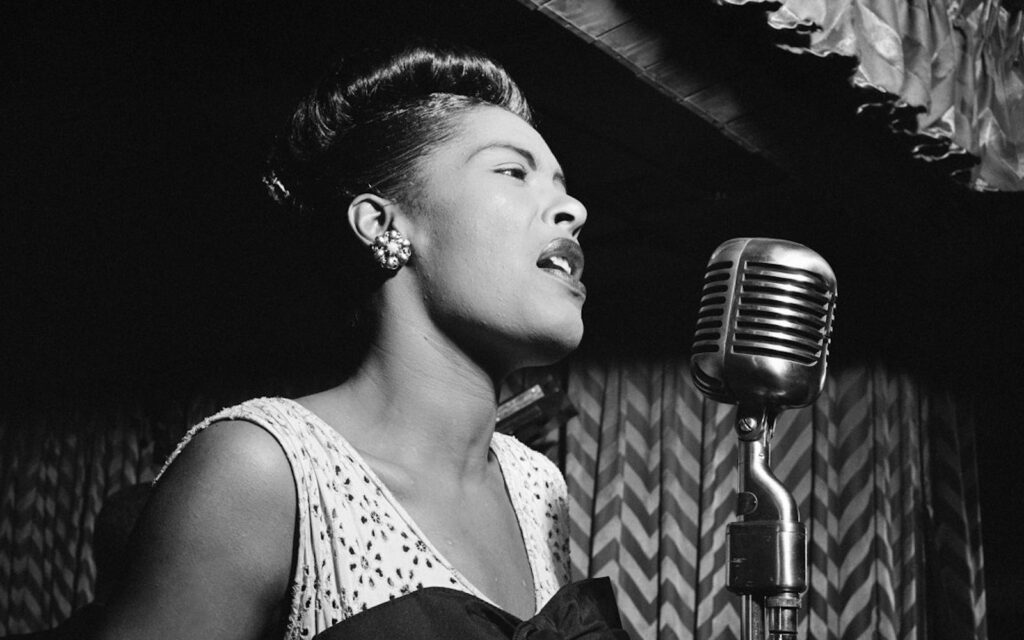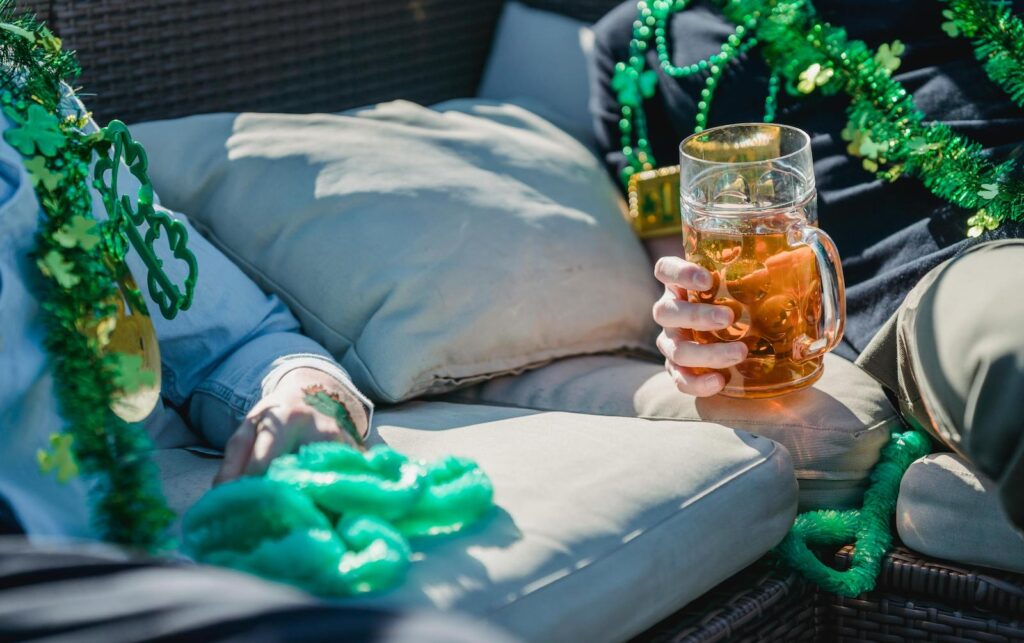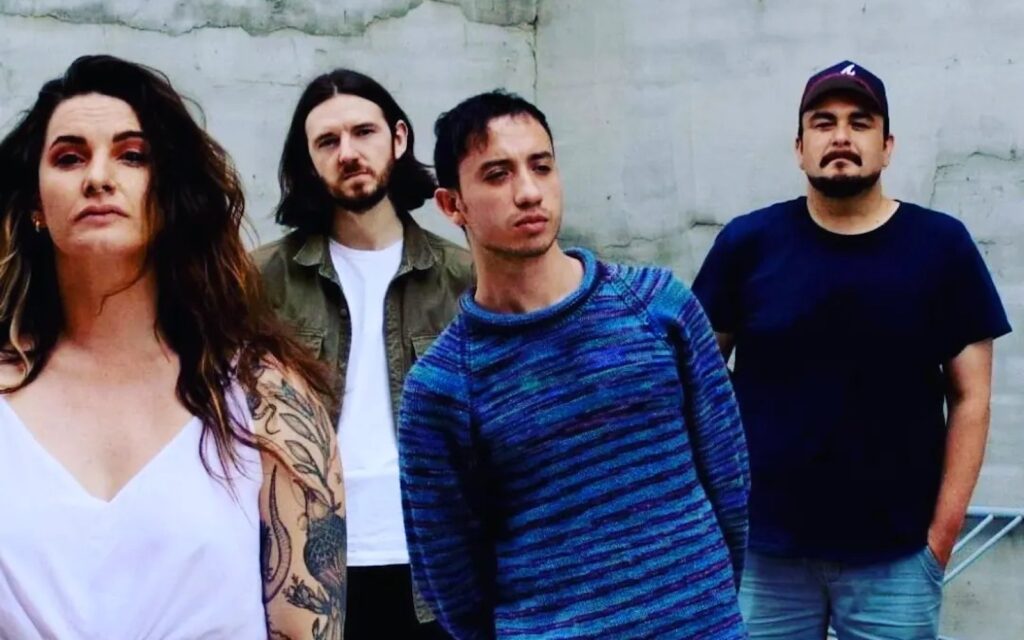More guidance is needed as to how live music venues will transition back to hosting gigs.
On Sunday, the Victorian government made a landmark announcement that will provide much-needed financial support for the state’s live music venues currently plagued by the COVID-19 crisis.
As part of the Victorian Live Music Venues program, urgent funding is coming to 106 live music venues across the state, including Northcote Social Club, 170 Russell, The Bendigo Hotel, The Corner, The Tote and more to help them cover urgent overheads and implement COVIDSafe measures for reopening.
These grants have also been designed to aid venues in reopening and hosting events, providing employment opportunities for artists, promoters, technicians and more and offsetting costs while patron capacity remains capped.
This is comforting news and gives many of our beloved live music venues some assistance as they look to the other side of the pandemic and conceptualise a transition back to normality.
However, there are still questions regarding one thing: the ‘COVID Normal’ roadmap and how it applies to live music venues. According to the famous PDF the state government flicks around whenever a new announcement is made regarding a shift in COVID-19 restrictions, by The Last Step – after November 23 and when Victoria has had no new COVID-19 cases for the prior 14 days – “indoor and outdoor venues [can] open with density quotient and patron caps” and there will be a “staged return to events with seated spectators”.
I understand that there isn’t much room on the document to squeeze in any elaborations but live music venues are yet to receive any concrete information as to how this will play out.
“The roadmap out of this is based on bars and pubs and we [live music venues] are last,” Bendigo Hotel owner Guy Palermo says. “I’m not going to get a bunch of metal-heads sitting in The Bendigo Hotel on chairs watching a band perform… it just doesn’t work. There must be another safe way of allowing audiences to attend a gig instead of seated only.”
Palermo has been tireless in his efforts to keep his venue afloat, maintaining his voice throughout the pandemic. Just days after COVID-19 struck he’d already launched his own change.org petition which to this point has more than 29,000 signees.
“28 days [of no new cases], no active cases (state-wide) and no outbreaks of concern in other states or territories – that’s when we can go back to operating normal [a COVID Normal],” Palermo continues. “Before that happens, we can only have public gatherings of up to 50 people outdoors … there’s nothing in here that actually addresses music venues especially indoor ones at all to be open.
“It’s like saying, ‘We’re gonna let you guys go back to normal after we’re sure there’s no cases’. Everyone else will be back to normal by then, but not us.”
If you trawl through the Victorian government’s roadmap website for some further clarity relating to the matter, you will arrive at a “Industry restrictions roadmap: Metro Melbourne” page.
Within this, there are different guidelines offered to different industries, with live music venues landing under “Tourism, culture, entertainment, events, sport and recreation” and more specifically the section dedicated to “Indoor entertainment venues”.
Click on a dropdown box and rules relating to each step of the ‘COVID Normal’ roadmap are spelled out. According to the guidelines, venues are to be closed up until The Last Step. At the first instance of them being able to reopen, they will be “Heavily restricted. Seated venues only with patron caps”.
What does “Heavily restricted” mean you ask? Well take a deep breath, stretch your legs, walk around the block, prepare a cup of tea and come back to me because we still have a bit to get through yet.
You will have to jump to an earlier point on the webpage under the “What your restriction level means” header. It is here that we are able to gain further clarity regarding the term “Heavily restricted”.
With regard to the number of people allowed within the premises at any given time, the only information that is provided is that venues must “reduce staff levels”, “limit number of patrons” and “apply density quotient”.
The term “density quotient” has become commonplace within the venue world. It was mentioned in the roadmap PDF and it has been referred to again here.
According to the Public Health and Wellbeing Act 2008, “density quotient” relates the “number calculated by dividing the total area of the space (measured in square metres) by four”.
After a venue has calculated the size of their indoor space in square metres, they divide that by four and whatever number comes up indicates how many people they can have in their venue at any one time.
How this translates to a live music setting is still up in the air. We saw Cherry Bar successfully host live gigs when restrictions were eased throughout June and July, with a cap of 20 guests permitted to a gig split into three sessions.
Carlton’s Colour Club also hosted gigs with 20 punters allowed in.
No matter the terminology or subsequent scenario, when it comes to the ‘COVID Normal’ roadmap, it’s clear there’s been no differentiation made between hospitality venues such as pubs, bars and restaurants, and live music venues, which are completely different operations entirely.
On top of the information that can be found at the roadmap website, a number of unique PDFs have been devised to help various sectors transition back to normality. The “Industry Restart Guidelines” as they are called, encompass areas such as tourism, outdoor attractions and experiences, accommodation, physical recreation and hospitality.
Naturally you’d expect the hospitality PDF to best apply to live music venues. Yet, it only applies to “standalone cafes and restaurants, pubs, bars, nightclubs, RSLs and community clubs or hotels, fast food outlets, cafeterias and canteens”. There is no mention of live music venues.
“We can’t work on a business model that’s based on a normal pub or hotel that doesn’t have music,” Palermo says. “That’s what they’re basing their steps upon, they don’t realise that we’re a different business model – our expenses far outweigh the expenses of your normal hotel.”
On top of the obvious costs such as rent, utilities, insurance, staff wages and stock via food and drink, live music venues pay a host of taxes such as wine equalisation tax, alcohol excise, liquor license fees, land tax, payroll tax, fire levies as well as company tax. There’s also the OneMusic music copyright licenses which protects the creators of any music that’s played in a venue, whether it be the artist, producer, record label and so on.
Live music venues also require expensive, state-of-the-art PA systems. Speakers are arguably a venue’s most important asset – the quality of sound is quintessential to upholding the ability of the artist and the overall standard of a gig.
Many venues hire their PA systems which stands as another redundant cost they have had to shoulder throughout COVID-19.
While some of the aforementioned costs could be covered as part of the recently-announced $9 million Victorian Live Music Venues program, there’s a very real possibility that outstanding costs will remain.
Longtime Melbourne venue booker and promoter Paris Martine says we need to conceptualise how a return to live music will look so that we can prepare and safely book shows.
“The absolute earliest date mentioned at all is November 23 [as of The Last Step in the COVID Normal roadmap], and we don’t even know what numbers we’re dealing with so we can’t with confidence start working on a model for costs and booking shows,” Martine says. “We’re now heading towards the end of September, well we’re heading into October… I need eight weeks to start booking those shows in December.
“Am I opening for 20 people, am I opening for 50 people? Safety is the highest priority, so I want to plan well. I think it’s widely acknowledged – even in small rooms – that opening to 20 people is not financially viable. Even if you chose to, if you’re a small room and you’ve got density requirements, who even knows whether you’re going to be able to fit 20 people in, especially if they need to be seated because obviously chairs and tables take up a lot more room than what a standing person does.”
“There’s a number of new obstacles in an already-difficult industry, we are all determined to do this responsibly, so the more prepared we can be the better.”
The most critical thing from here on out is communication. With some cash to cover some of the costs that live music venues have accrued since March, what they also need is information on how they can plan to reopen safely and with the best interests of both employees and patrons in mind.
Over to you, Mr Andrews.
Never miss a story. Sign up to Beat’s newsletter and you’ll be served fresh music, arts, food and culture stories three times a week.
